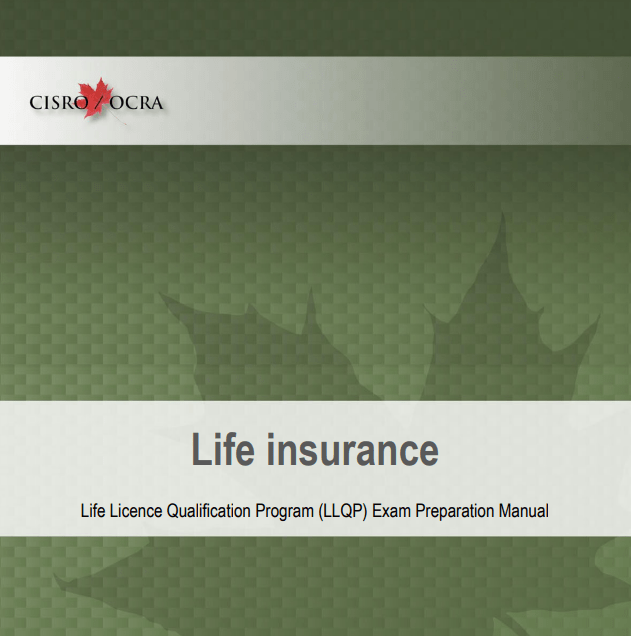
What is Mortgage Default Insurance?
Mortgage default insurance is an insurance policy between the insurer and the lender that will compensate the lender for losses suffered on an insured loan. It’s important to note that mortgage default insurance does not compensate the borrower.
Background
The Central Mortgage and Housing Corporation, a Crown Corporation now known as Canada Mortgage and Housing Corporation (CMHC) through the National Housing Act, 1954 (NHA, 1954) established mortgage default insurance in Canada in 1954.
The overriding goal of the NHA, 1954 was to increase the supply of mortgage funds available in the mortgage market, because, as of the end of the second world war, there was a significant increase in family formation and immigration and therefore the need for new housing. Previous legislation that attempted to meet this need was found to be insufficient and in need of reform.
Mortgage brokering in Ontario is regulated by the Financial Services Commission of Ontario (FSCO) and requires a license. To obtain a license you must first pass an accredited course. The Real Estate and Mortgage Institute of Canada Inc. (REMIC) is accredited by FSCO to provide the course. For more information please visit us at www.remic.ca/getlicensed or call us at 877-447-3642.
The basic structure that CMHC created for default insurance is still in use today.
In 1963, the Mortgage Insurance Company of Canada (MICC), a private insurer, entered the Canadian market. The industry continued its expansion in 1973 with the formation of two other companies that eventually merged in 1978 to form the Insmor Mortgage Insurance Company. 1981 saw the merger of Insmor and MICC, with the new company retaining the MICC name. GE Capital Mortgage Insurance Canada entered the default insurance market in 1995 and in so doing acquired the mortgage insurance portfolio of MICC, leaving the market with two insurers: CMHC and GE Capital Mortgage Insurance Canada, later referred to as GEMIC. In 2005 GEMIC underwent structural changes and was renamed Genworth Financial Mortgage Insurance Company of Canada, commonly referred to as simply Genworth.
 As of 2006, CMHC dominated the mortgage default insurance market, owning approximately 70% of it compared to 30% by Genworth Financial. Also in 2006 the AIG United Guaranty Mortgage Insurance Company Canada, commonly referred to as simply AIG, the largest general insurance company in the United States, entered the Canadian market. On April 16, 2010, a Canadian private investor group, comprised of the Ontario Teachers’ Pension Plan and National Mortgage Guaranty Holdings Inc., acquired AIG United Guaranty Mortgage Insurance Company Canada. This transaction created the only 100% Canadian-owned private mortgage insurance company, known as Canada Guaranty Mortgage Insurance Company (“Canada Guaranty”)
As of 2006, CMHC dominated the mortgage default insurance market, owning approximately 70% of it compared to 30% by Genworth Financial. Also in 2006 the AIG United Guaranty Mortgage Insurance Company Canada, commonly referred to as simply AIG, the largest general insurance company in the United States, entered the Canadian market. On April 16, 2010, a Canadian private investor group, comprised of the Ontario Teachers’ Pension Plan and National Mortgage Guaranty Holdings Inc., acquired AIG United Guaranty Mortgage Insurance Company Canada. This transaction created the only 100% Canadian-owned private mortgage insurance company, known as Canada Guaranty Mortgage Insurance Company (“Canada Guaranty”)
How Mortgage Default Insurance Works
As previously stated, mortgage default insurance is a policy between the insurance company, CMHC, Genworth or Canada Guaranty, and the lender. It is designed to compensate the lender if the lender suffers a loss on an insured mortgage. The insurance company charges the mortgage default insurance premium to the lender. However, the lender typically passes that premium on to the borrower. Normally the lender will add the premium to the total loan amount and the borrower will pay it back to the lender over the life of the mortgage, however the borrower could also pay that amount in cash to the lender. This normally doesn’t happen since the borrower is using all of their funds for the down payment.
If the borrower goes into default (normally by failing to make his or her mortgage payment), the lender must undertake steps to collect the defaulted payments. If the lender fails to collect these payments and has to power of sale the property, one of two outcomes will occur. One possible outcome is if the lender sells the house for more than is owing to it. In this scenario it must give that profit to the homeowner. The homeowner and the lender are then done with one another.
The other possible outcome is if the lender sells the house for less than is owing to it. In this scenario the lender suffers a loss. Since the mortgage is default insured, the lender can now make a claim to the insurance company to recover that loss. The insurance company then pays the lender and therefore the lender has no longer suffered a loss. In return for paying the claim, the lender assigns any debts payable to it by the borrower to the insurer. In other words, the money that the lender was owed by the borrower is now owed to the insurance company. The insurer may then take legal action against the borrower to recover the claim that it paid to the lender. If you ever happen to see CMHC, Genworth or Canada Guaranty as a creditor in a bankruptcy proceeding or a consumer proposal, it is most likely because of this type of situation.
Benefits to the lender
Allows the lender to make loans in excess of 80% loan to value and recover insured losses by making a claim to the insurer.
Benefits to the borrower
Allows the borrower to receive a high ratio mortgage with favorable terms and a favorable interest rate.












